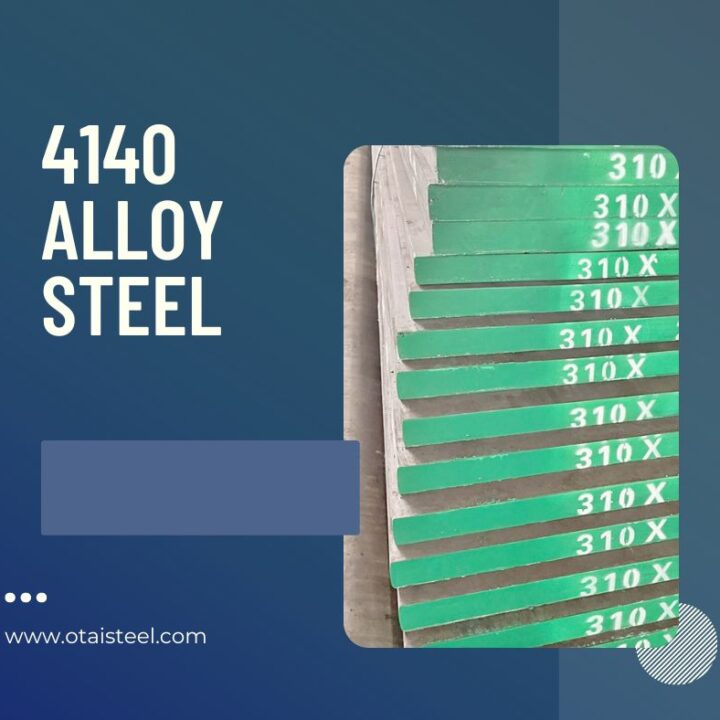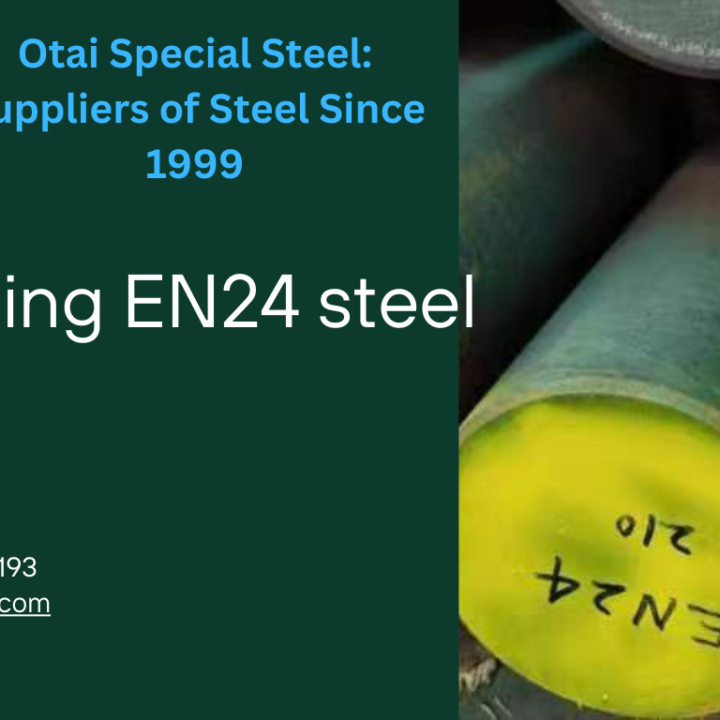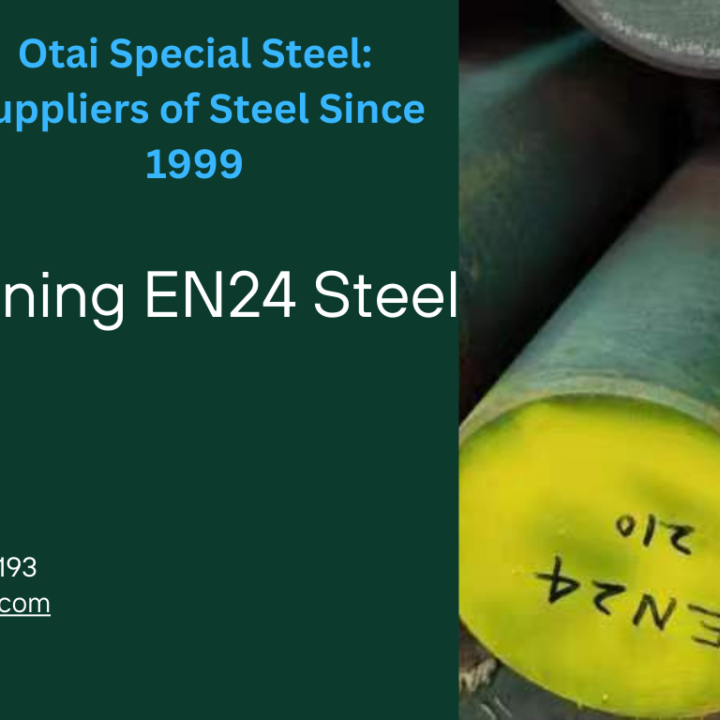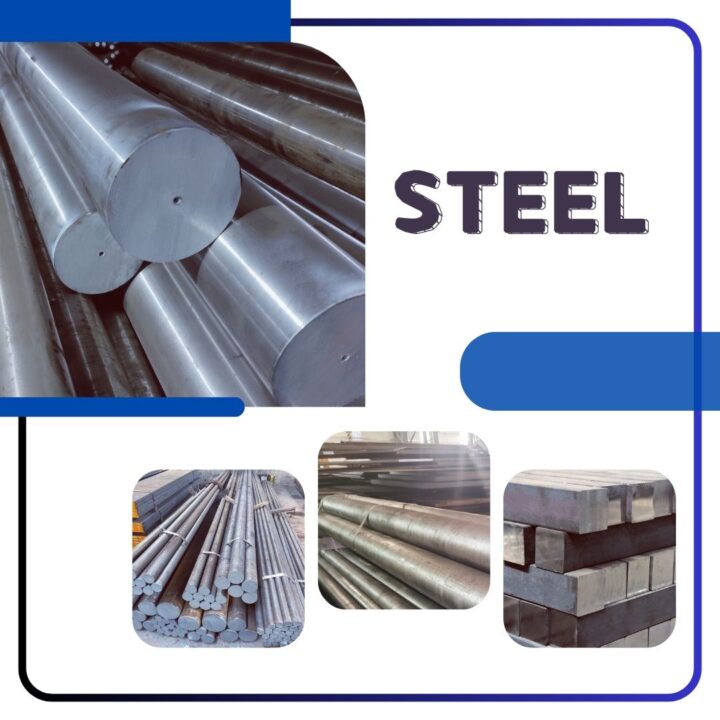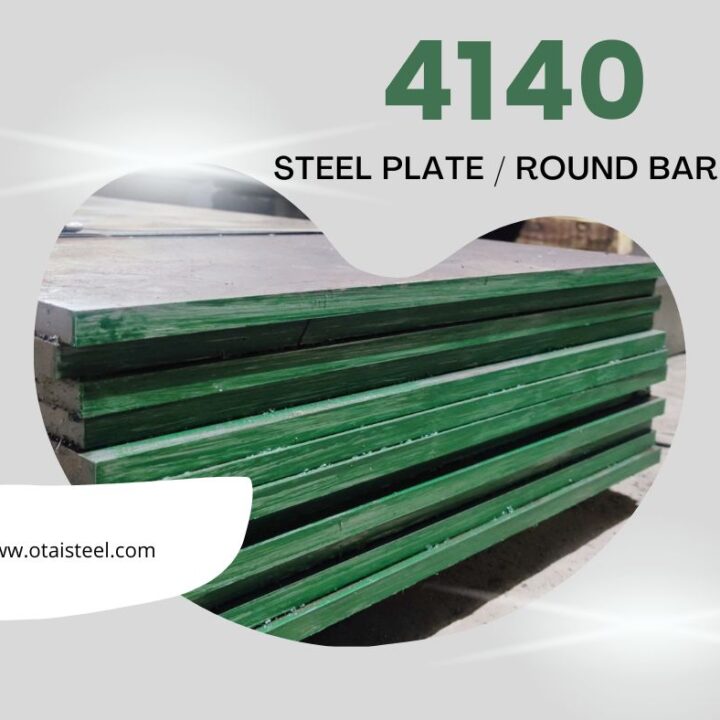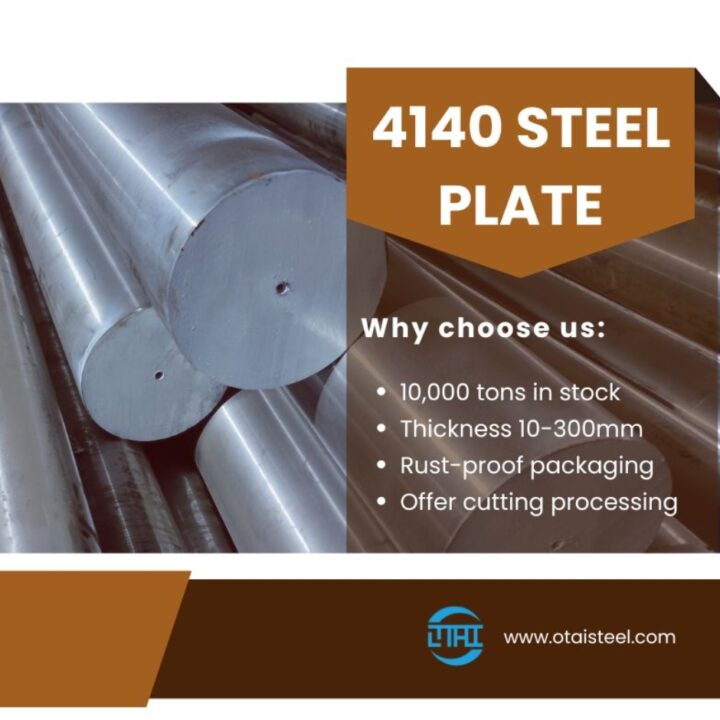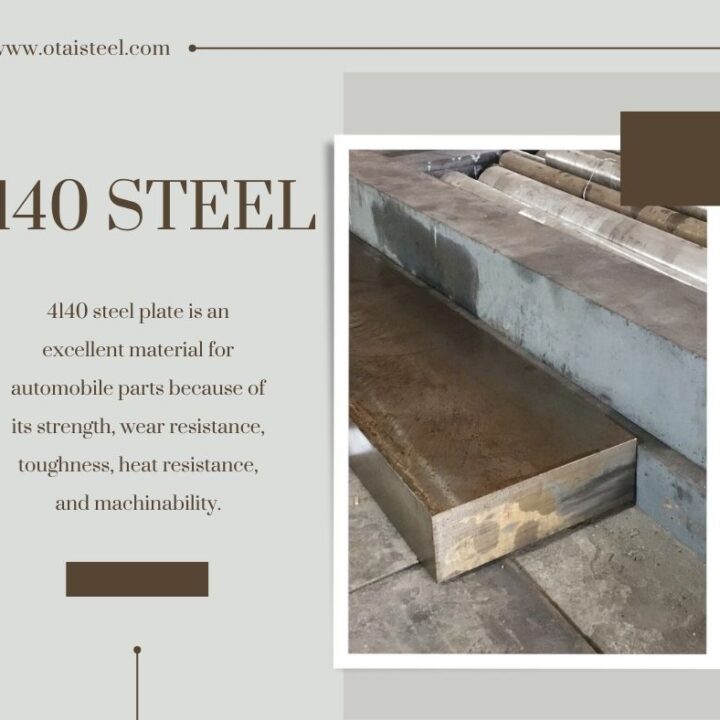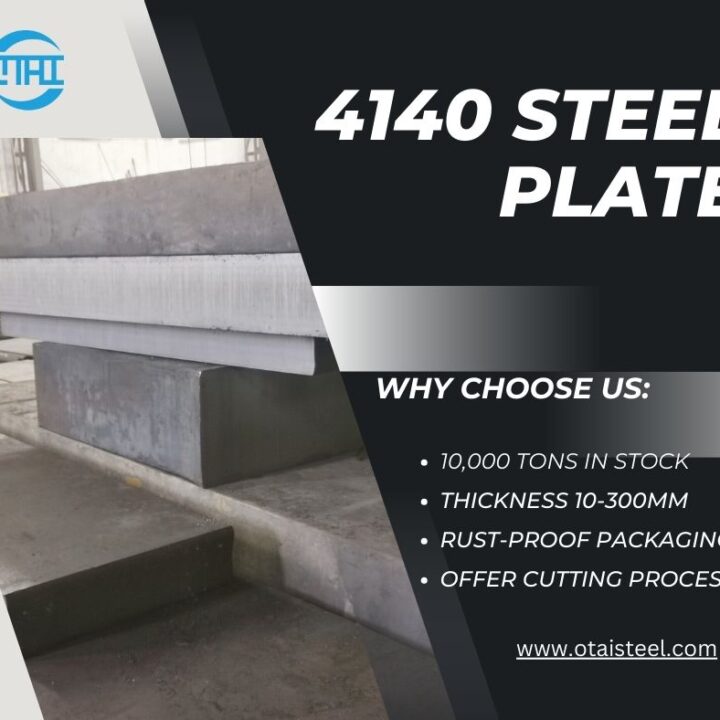CHAPTER 4 MARTENSITIC STEELS
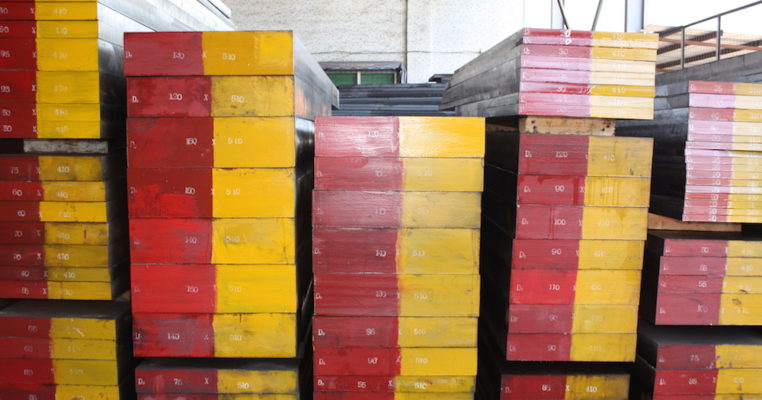
CHAPTER 4 MARTENSITIC STEELS
Martensitic steels get harder when they are heated above a certain temperature (usually 1,600°F or higher) and then rapidly cooled or quenched. The exact temperature the steel is heated to, how long it is held at that temperature and how rapidly it is quenched is called heat-treating. Tempering occurs by heating the steel to lower temperatures (like 400 to 600°F) to gradually soften the steel so it will be less brittle.
The actual range of cutting performance exhibited by different D2-bladed knives is wide enough to make one doubt that the same steel is in use. Without actually testing the knives, you’ll never know what they can do and whether you want it done that way.
WHAT ABOUT POWDERED PROCESS STEEL?
Powdered process steel is a more costly method of steel production. First, melted steel alloy is sprayed through an atomizer nozzle to form tiny droplets of fine steel powder. The steel powder is loaded into a molding chamber where tons of pressure (and sometimes heat) is applied to fuse the powdered particles back into a solid steel billet (or in some cases, into a molded shape as a steel part). The theoretical advantage powdered process steel has for knife blades is the resulting steel billet is finer-grained with a more even carbide distribution than a poured and rolled steel plate may provide. Knife blades made from powdered process steel are often touted as being more chip- and break-resistant as a result.
There has been, and continues to be, debate about how clean the steel produced by powdered process is expected to be. Some prominent knifemakers candidly told me that many lots of powdered production steel couldn’t be mirror-polished without revealing inclusions that look like scratches or blemishes in the steel. Production of blades with bead-blasted finishes or finishing coatings makes this issue of less relevance to the consumer, but it remains a concern to some knifemakers who question whether the structural integrity of the steel is consistent. The powdered process CPM D2-bladed knives I’ve tested from commercial and custom sources have proven to be a delight to use for every day cutting purposes.
BREAK TESTING
D2 knife blade breakage-resistance depends largely on blade thickness and heat treatment, according to the doctor of D2, Bob Dozier. Thicker blades with higher Rockwell hardness ratings will have less elastic stretch.
When deliberately break-testing the blade of a Queen Razor Blade Trapper model with D2 steel blades, I was once able to bow the 0.095-inch-thick RC57 Razor Blade more than a full 90° bend, before forcing it to snap. I was startled by the ability of this knife’s D2 blade to be able to endure so much lateral stress. Most normal users wouldn’t have continued to push the blade past its failure point, since it exhibited so much spring-like flex. This blade predictably performed as a rope cutter on the low end of D2 range, but it was very easy to sharpen.
Readers need to keep in perspective that its cutting endurance was still on the high end of “good,” therefore exceeding what half of all knives deliver in comparable testing.
Queen Cutlery makes traditional-style folders with D2 blades in a variety of patterns.
When it comes to producing D2-bladed knives with more potential resistance to breakage in thicker blade stocks, the new Friction Forged D2 Diamond Blade Knives might have a theoretical advantage. Friction Forging results in a blade with a zone-hardened edge (Rockwell hardness 66-68) for extraordinary cutting endurance supported by a much softer steel back. The soft, spring-like steel back can (in some cases) be flexed to over 90° without breakage. The friction-forged edge has a nano-grain carbide structure so fine that it may not be as prone to cracking and tearing as it is flexed.
